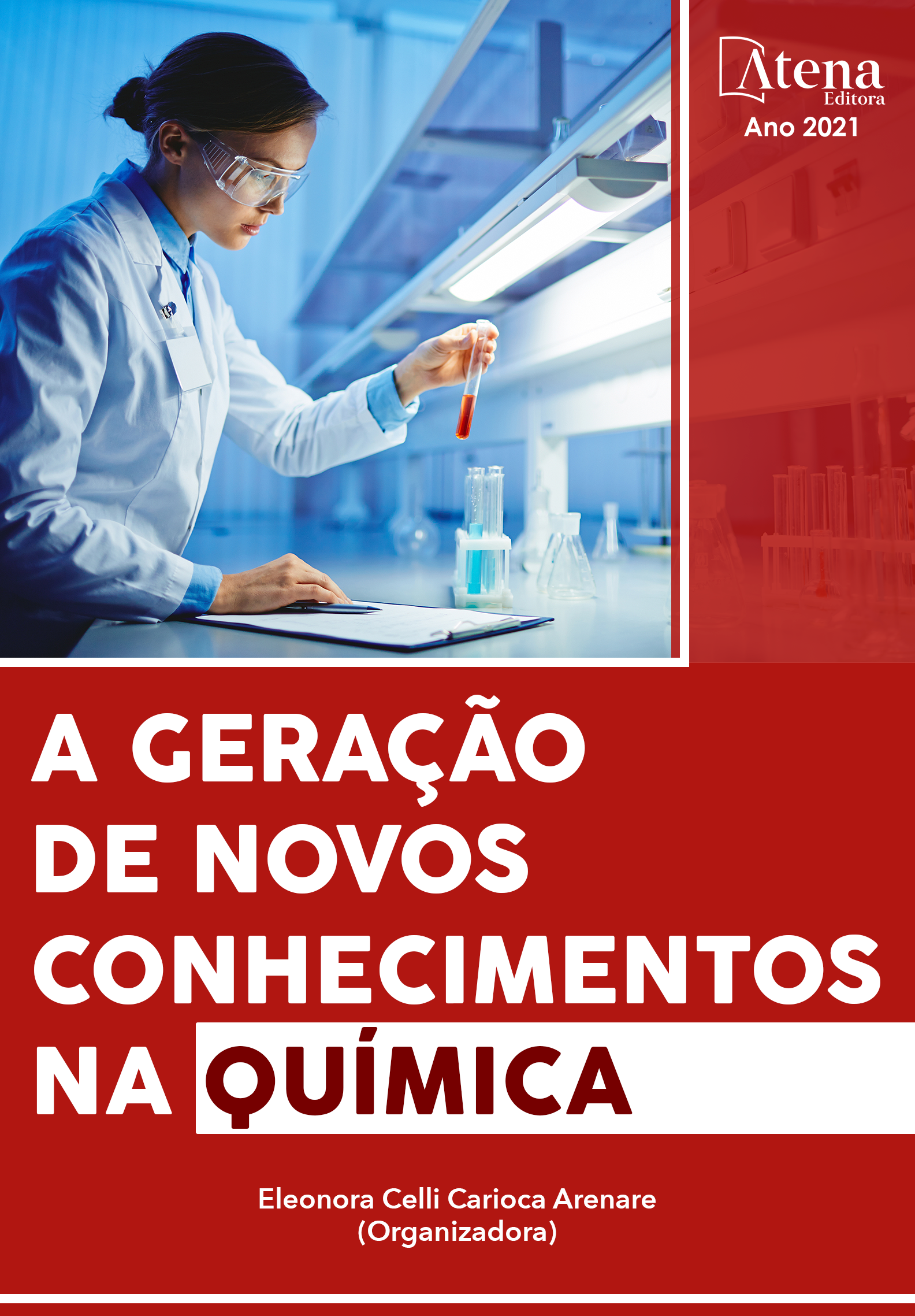
A QUÍMICA CONTADA PELA HISTÓRIA DAS MOLÉCULAS: PROPOSTAS PEDAGÓGICAS A PARTIR DO CASO DA QUININA
A quinina é um alcaloide de sabor amargo de fórmula C20H24N2O2 e com alta atividade antimalárica. Entre os fármacos originários de espécies de plantas nativas da América que foram introduzidos na Eropa, aqueles contendo quinina foram os mais relevantes. A quinina é extraída a partir da casca de algumas espécies de cinchona. Cinchona é um gênero de 40 espécies de plantas da família Rubiácea. Até o início do século XIX, apenas um pó extraído da árvore era comercializado como produto farmacêutico. A necessidade de obter a quinina para o tratamento da malária impulsionou o desenvolvimento da ciência e da indústria química. Na história da manufatura de fármacos à base de quinina, habilidades e competências em química foram imprescindíveis em resultados como o isolamento da quinina por Pelletier e Caventou em 1820, a observação por Louis Pasteur em 1852 que a molécula era levorrotatória, a determinação da sua fórmula molecular em 1854 por Strecker até sua síntese estereoespecífica total no século XX. Este trabalho tem como objetivo identificar e descrever quais habilidades e competências em química foram dominadas pelos homens de ciência que tornaram possível o ciclo produtivo dos fármacos contendo quinina, concentrando-se especialmente nas expertises relacionadas a sistematização das informações relacionadas a sua identificação, sua elucidação estrutural e sua síntese. Este trabalho tem a preocupação de pensar o ensino de química considerando as competências e habilidades necessárias na formação de um bom profissional na área de química. Neste contexto, considera-se muito significativo o estudo de caso da quinina e dos seus derivados na identificação de capacidades de abordar e resolver problemas complexos em química.
A QUÍMICA CONTADA PELA HISTÓRIA DAS MOLÉCULAS: PROPOSTAS PEDAGÓGICAS A PARTIR DO CASO DA QUININA
-
DOI: 10.22533/at.ed.7152118062
-
Palavras-chave: Ensino de química, ensino de ciências, quinina, Pasteur, Paul Rabe.
-
Keywords: Chemistry teaching, science teaching, quinine, Pasteur, Paul Rabe.
-
Abstract:
Quinine is a bitter-tasting alkaloid with formula C20H24N2O2 and high antimalarial activity. Among the drugs originating from plant species native from America which were introduced in Europe, those containing quinine were the most relevant. Quinine is extracted from the bark of some species of cinchona. Cinchona is a genus of 40 plant species into Rubiaceae family. Until the beginning of the 19th century, only a powder extracted from the tree was marketed as a pharmaceutical product. The need to obtain quinine for the treatment of malaria has prompted the development of science and the chemical industry. In the history of the manufacture of medicines based in quinine, skills and competences in chemistry were essential in results such as the isolation of quinine by Pelletier and Caventou in 1820, the observation by Louis Pasteur in 1852 that the molecule was levorotatory, the determination of its molecular formula in 1854 by Strecker until its total stereospecific synthesis in the 20th century. This work aims to identify and describe which skills and competences in chemistry were dominated by men of science that made the production of medicines containing quinine possible, focusing especially on the expertise related to the systematization of information related to its identification, its structural elucidation and its synthesis. This work reflects on teaching chemistry as the competencies and skills necessary for the formation of a good professional in the area of chemistry. In this context, the case study of quinine and its derivatives is considered very significant in the identification of capacities to approach and solve complex problems in chemistry.
-
Número de páginas: 15
- Rogerio Corte Sassonia


